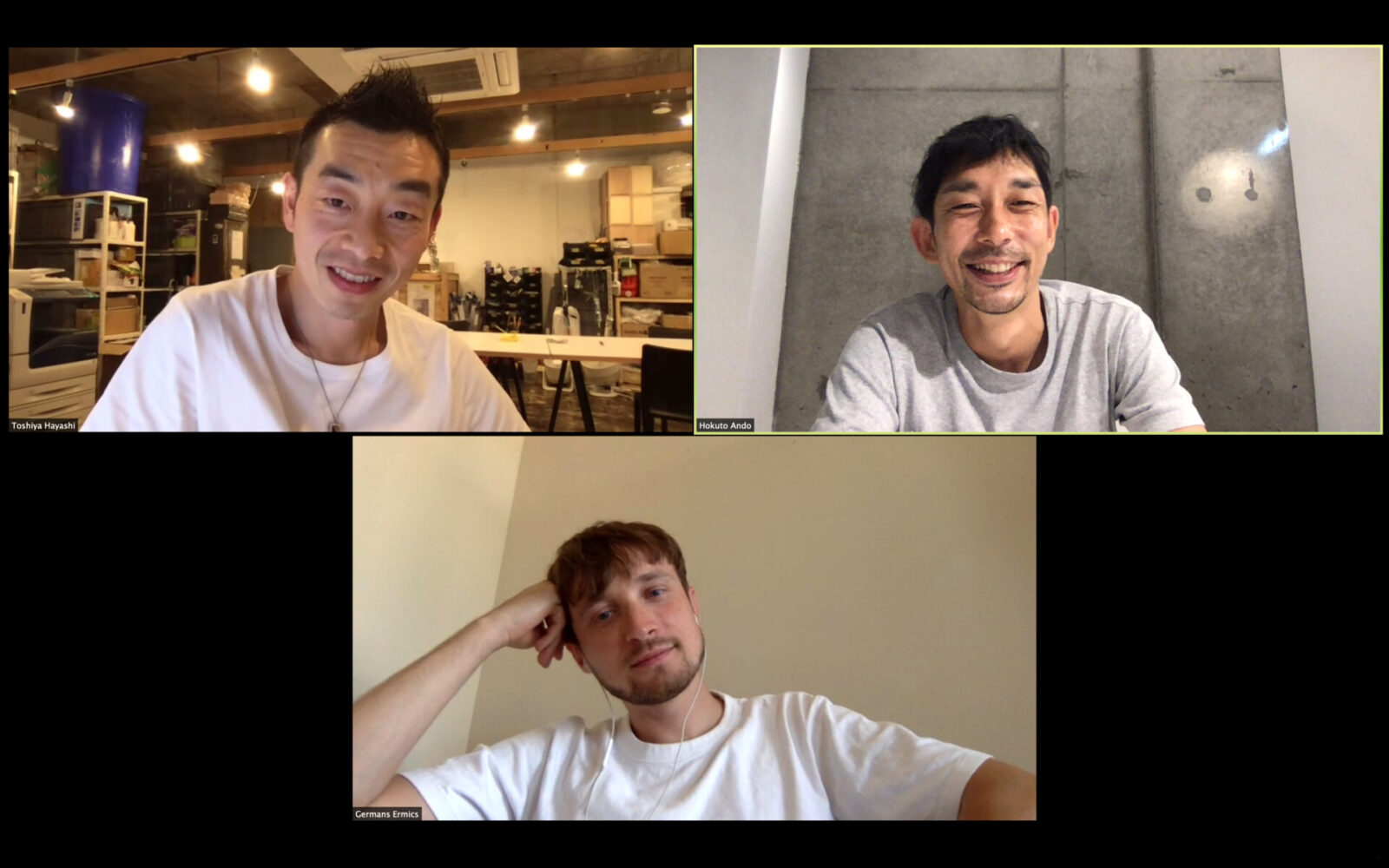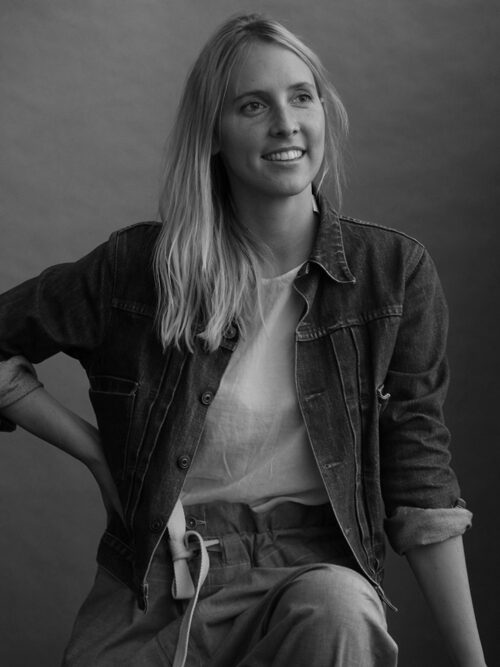Germans Ermičs

Our second guest is Germans Ermičs, an international designer based in Amsterdam, the Netherlands, who has created limited edition pieces as well as commissioned work for Instagram and Bang&Olufsen, among others. We first met at Milan Design Week in 2017, when we both exhibited our work at Rossana Orlandi Gallery and became friends. That year he exhibited the Ombré Glass Chair, a tribute to Shiro Kuramata’s Glass Chair, which received significant media attention, and which led him to being shortlisted as Next Generation Designer of the Year 2017 by Wallpaper* Design Awards. As we are of the same generation, we are continuously inspired by his works created through his own initiative and drive.
- Germans Ermičs
A Latvian designer based in Amsterdam, the Netherlands, who wields light, space, and color to catalyze a shift in how we perceive objects. For the past few years, he has crafted refined and ethereal pieces of glass furniture. Because of the utilitarian functions of glass, we rarely take close notice of it, as we encounter it daily. But in Ermičs’s designs, glass becomes the stage for exquisite color treatments. It can be soft and frosted to blur the edges of form; ombré, to gently draw your eye across the surface; or mirrored, to reflect and manipulate the space you occupy.
Germans meets contemporary design
First of all, please introduce yourself briefly.
I studied interior and furniture design at the Design Academy Eindhoven, a university in the Netherlands, but before that I interned with the Danish designer Rasmus Koch and then worked as a graphic designer with a friend, creating magazines. Because of this background, I think my specialty is to think in two dimensions and realize it in three dimensions. After graduating, I worked for an interior design company for three years and saved up money to set up my own studio in the winter of 2014. Having been independent for almost six years now, I sell my work through Rossana Orlandi Gallery in Milan and other design galleries. I also collaborate with interior designers and architects on spaces and interior design, including the Instagram pavilion, Alchemist, a design shop in Miami, Raf Simons’ space in London’s Dover Street Market and the interior design of Bang & Olufsen. In parallel with these activities, I also research materials. I think this is a common practice in the world of collectible design, but I mainly work in these three fields.
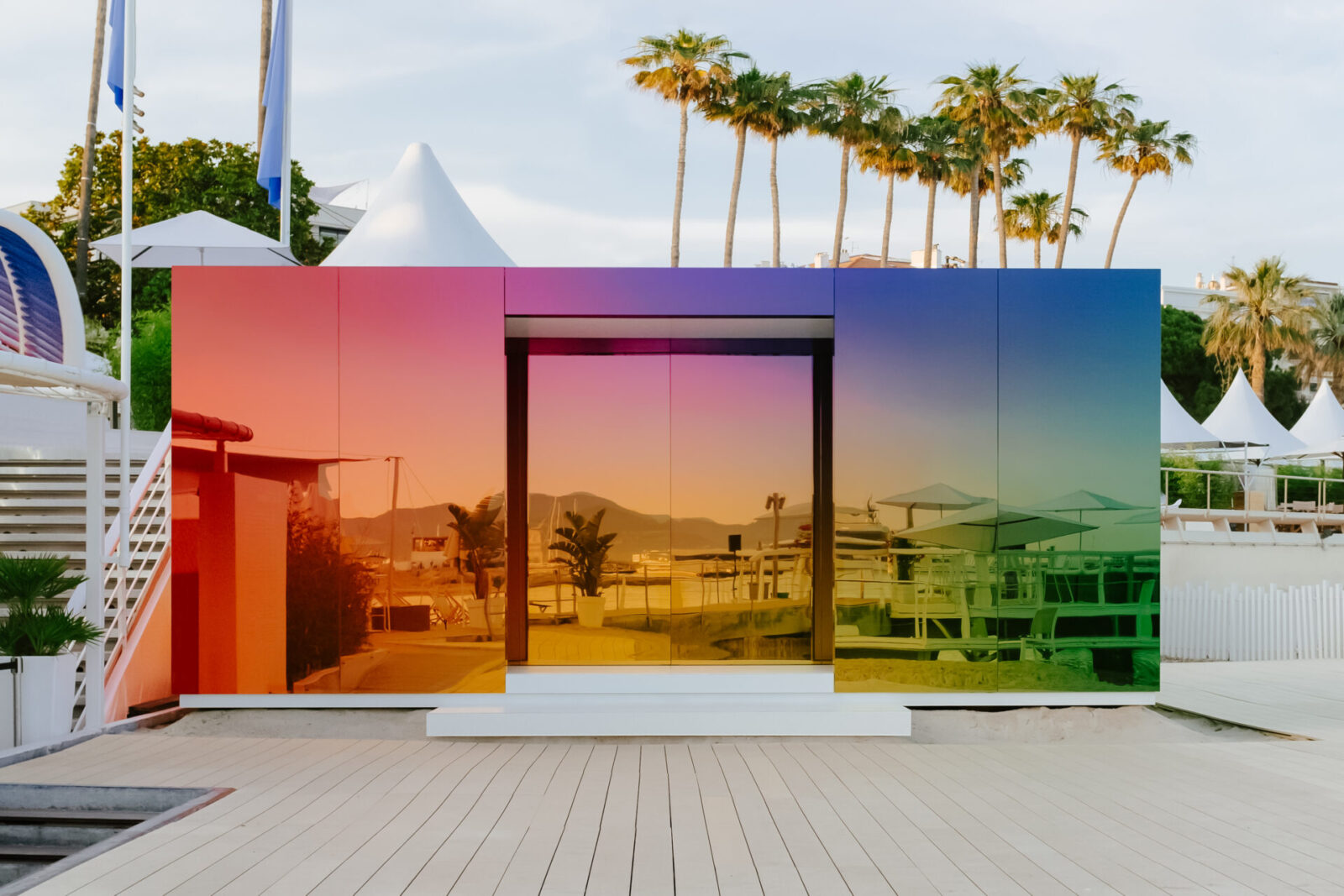
Photo: Filips Šmits
Your work is characterized by the use of beautiful colored glass, can you tell us about your turning point as a designer?
I presented a collection called Shaping Colour, utilizing colored glass, at the Dutch Invertuals exhibition during Milan Design Week in 2015. It is a work that can be described as somewhere between two-dimensional and three-dimensional, in which materials, shapes and colors respond to each other, and I think that was a very important turning point in defining my design approach. Since then, color has been an important theme for me, and I see it not as something that is ultimately added to an object, but as something that more proactively influences and controls the form and object. Two years later, I released the Ombré Glass Chair as a tribute to Shiro Kuramata’s Glass Chair, which was also a major turning point in my work. Mr. Kuramata realized his work using Photobond 100, which makes it possible to bond glass, and I also used a technology that can be used now to lead innovation through color. My work was picked up by many media and many people were interested in it. The interest continues to this day, and I am amazed at the impact one piece of work can have.
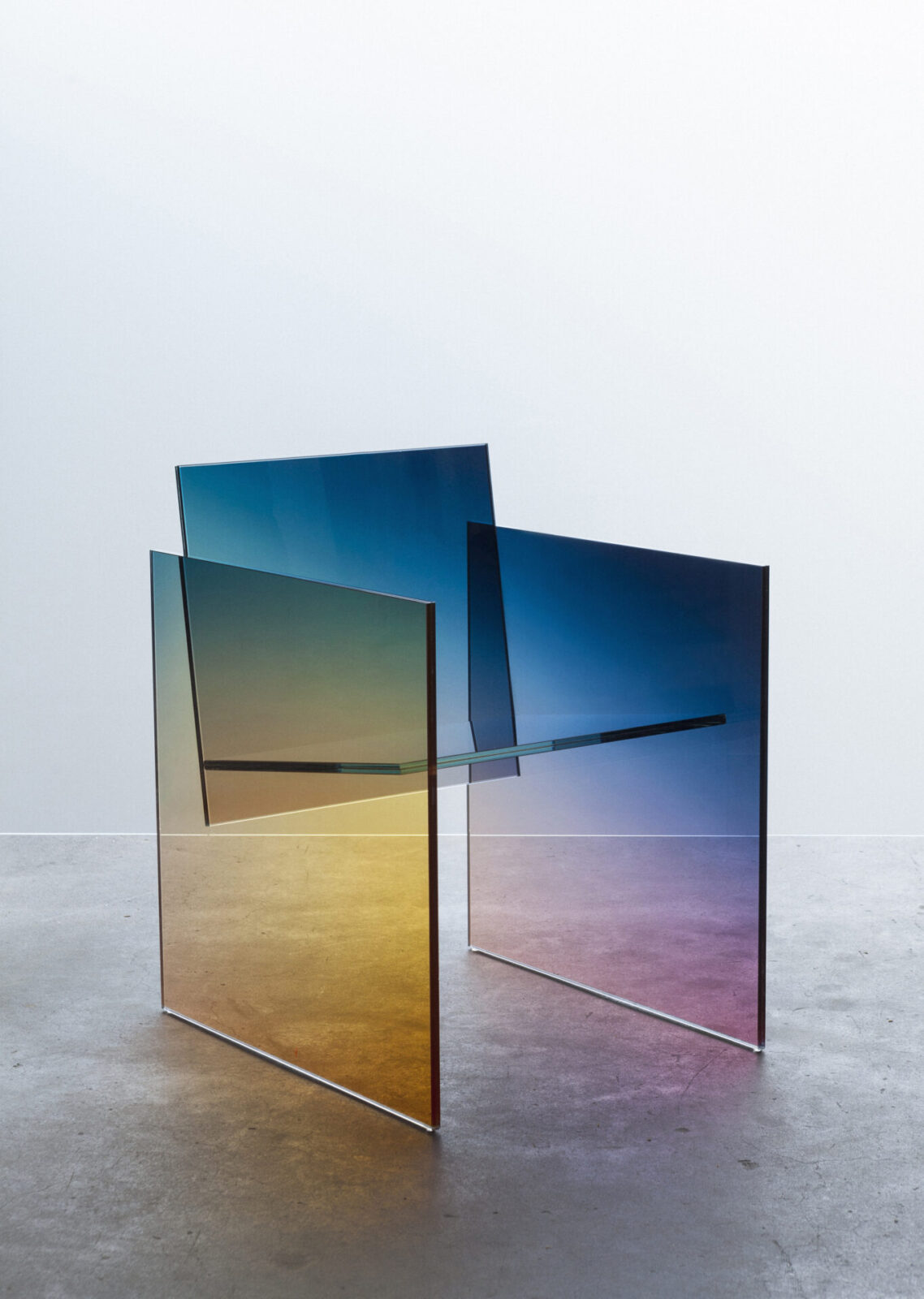
Photo: Jussi Puikkonen
Ombré Glass Chair was on display at Rossana Orlandi Gallery in 2017, wasn’t it? It was very impactful. How did you meet Rossana Orlandi?
When I graduated from the Design Academy Eindhoven, my graduation work caught her eye and she said “I would like to show your work at Milan Design Week next year”, which is how we first met. At the time, I didn’t know how to present my work and make professional connections, I was also unaware of the collectible design world and fairs such as Design Miami, PAD etc. So during Milan Design Week, I just kept my work in her gallery and looked at the rest of the exhibitions. It’s really stupid, but I didn’t know what to do at the time. I wasn’t able to network or market myself or anything like that at all.
We didn’t understand the contemporary design scene at all at first, but when we exhibited at Milan Design Week, we met a lot of people and got to know them a little better.
Both you and we+ are in the field of contemporary design, developing new materials based on a number of experiments and making use of them in your works. What is the definition of contemporary design for you?
That’s a big and difficult question. Just as digitization has changed a lot of things, technological advances, the discovery of new materials, and the development of manufacturing methods allow us to do things that weren’t possible before. Based on these things, we have to find new design approaches and new ways of seeing and exhibiting things. In other words, I think contemporary design is about providing people with new experiences with a way of thinking that has never been done before. I’m interested in history, tradition and craft, so lately I’ve been focusing on that kind of research, listening to talks and reading a book by Julia Watson, for example, who advocates radical indigenous design. She travels around the world to explore how the Amazon and other indigenous communities have always lived in harmony with nature without the use of technology, and how they learn from nature rather than control it. I feel that her way of thinking is also very contemporary for our current times.
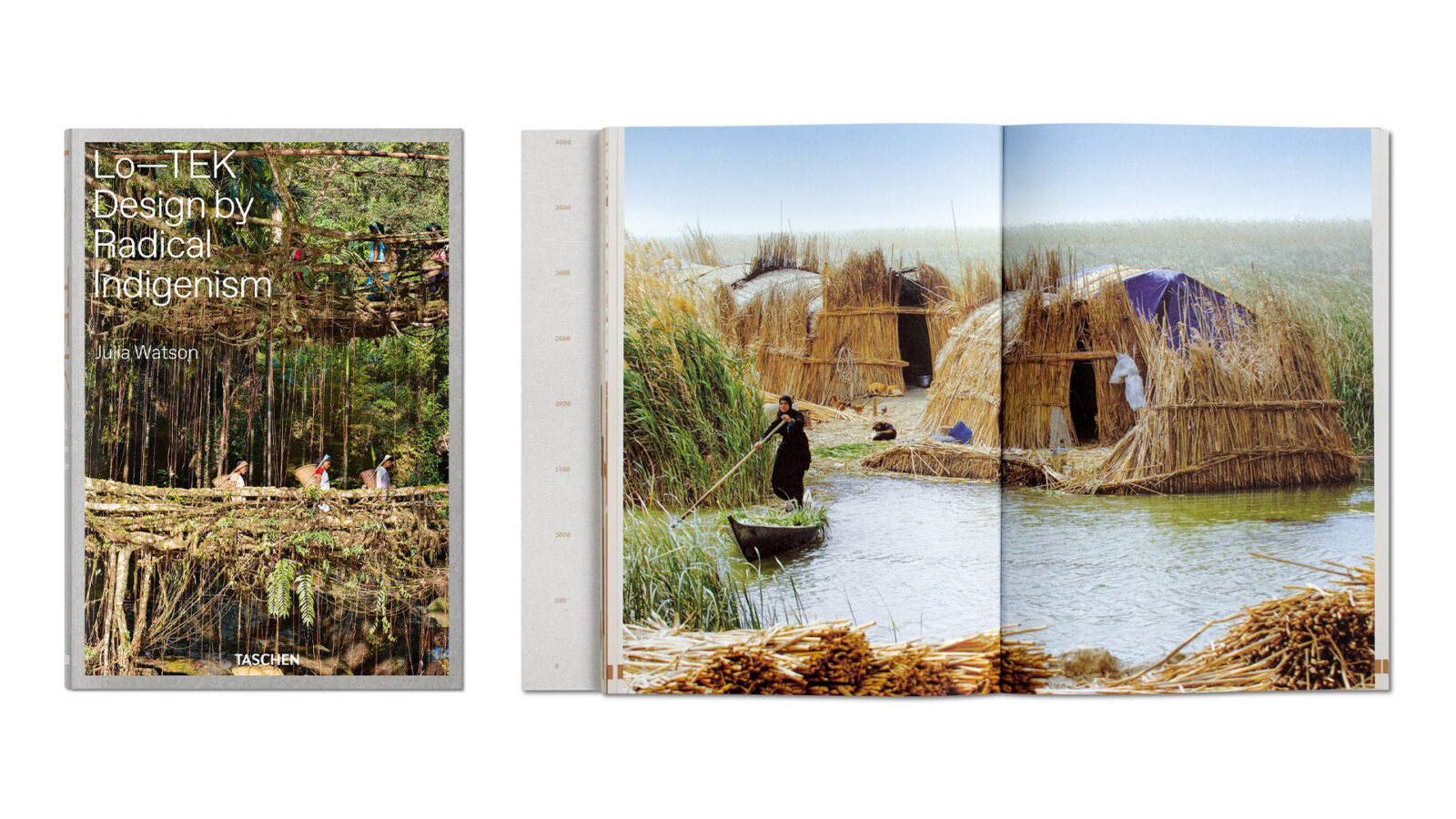
©︎TASCHEN
Reconstructing the way materials are handled
There are so many things to learn about indigenous people, traditional culture, and craftsmanship, and in fact, we continue to research it. You mentioned that you’re also researching materials, what materials are you working on now?
Recently I’ve been working with natural stone and visiting stone processing companies in Portugal and the Netherlands. Stone is a very beautiful material that is inherently found in the earth. It is already beautiful in itself, so there may not be much a designer can do about it. So my challenge is not to impose a design, but to find a way to enhance the beauty of the stone while taking its advantages. Stone is already used in many places, such as walls and objects, and finding new ways to treat it is very challenging.
I’m also interested in learning how to do things from the industry itself. We designers may not have the knowledge, but our curiosity is strong, so we try to work out what the factory says “difficult! Impossible!”. I’m sure you’ve all experienced something similar, and that’s exciting. There are still companies in Germany that make blown glass and stained glass for churches using traditional methods, so I try to visit those places and present new uses and contexts for traditional and beautiful glass. When I first started working with glass, I found it cold and uncomforting material. However, I wanted to make glass more enjoyable and comfortable. So I took a different approach, using color to redefine the way we see glass. I want to try different materials and not be limited to glass and color. There are so many materials in the studio, including resin, stone and metal.
we+ also work with natural and special new materials. We also utilize technology, but we try to highlight the physical properties and resulting phenomena in the final output and keep technology out of the foreground. Your approach seems to be very similar to ours and very naive, how much do you use technology?
I use technology, of course, but when it comes to creating certain parts and important elements, I still spend hours working on them by hand. I want the pieces to look as if they were born naturally, and try to avoid anything identifiable to the maker appearing in the forms. For example, when I designed a lighting object in metal, which took a lot of time because they were almost entirely hand-made, I tried to eliminate that atmosphere as much as possible, aiming to evoke the feeling of an object having its own consistency. When I created the carpets, I depicted the transformation of patterns from primitive shapes like squares and circles through bold and intricate handwork, as I intended for them to feel like they are the patterns themselves, not something I designed. Patterns, colors, and textiles are like self-governing organizations, and I just aim to describe how colors change their basic forms in order to live their lives.
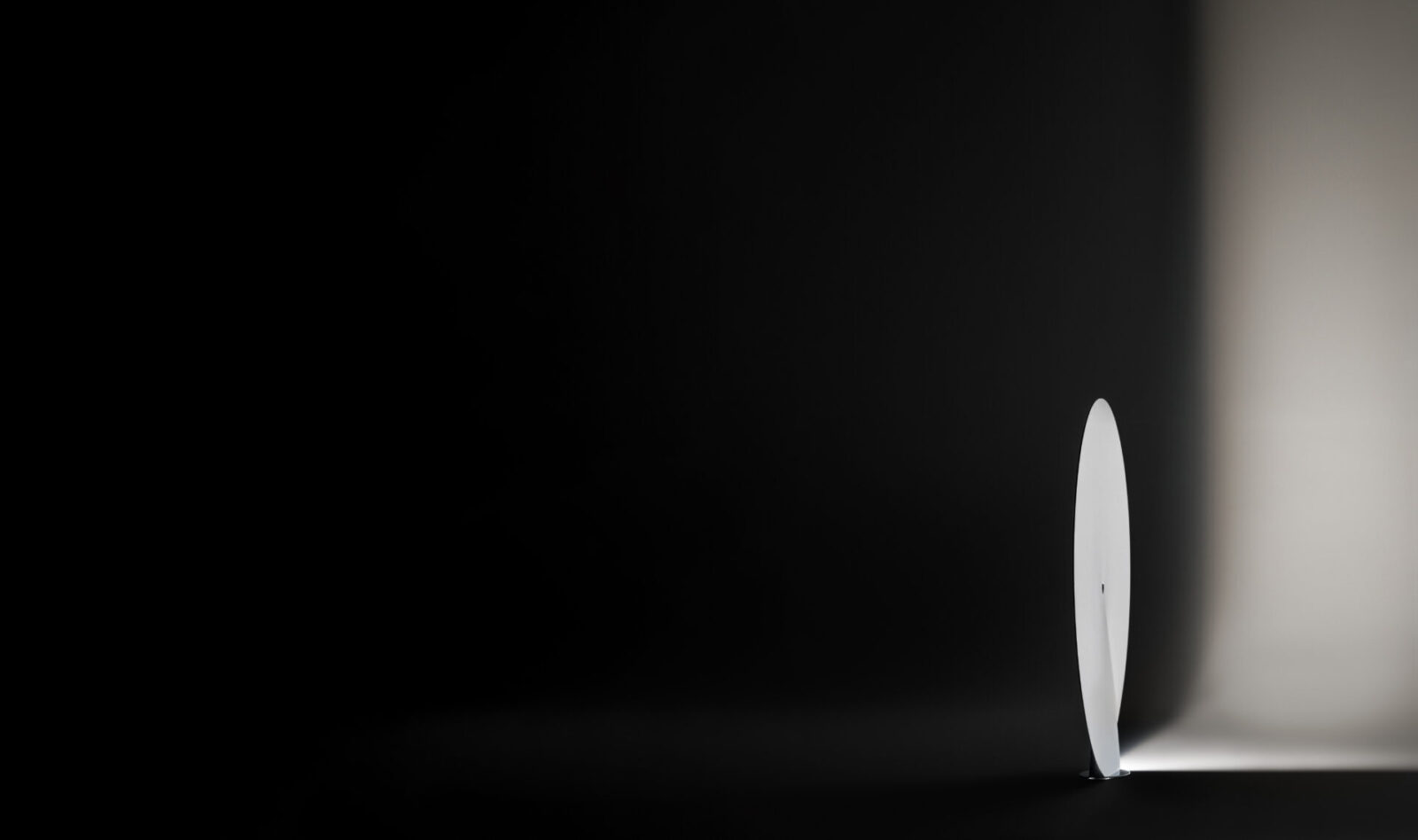
Photo: DSL Studio
About the Japanese design scene
Your approach to design, in which you confront materials and convey concepts in a minimalist way, is very Japanese, but what do you think of the Japanese design scene?
I’ve always been fascinated by Japanese design. I have only been to Japan once and I remember being very inspired. There is a deep understanding of materials and craft, and the level of skill is very high in traditional and beautiful design. I feel that very interesting and thought-provoking things are being produced one after another. I’ve also read books on wabi-sabi, and am interested in the idea of beauty and the mysteriousness of imperfection. I find the Japanese designers’ approach fascinating. Small things, quiet things…. Tokyo, for example, is a very busy city, with lots of wires and roads and lots of stuff, but if you look into the nooks and crannies, you can see how carefully detailed the street drains are. To me, it’s also a kind of beauty, and there’s a lot to learn from the way things are.
However, Japan is still a small market for contemporary design, represented by the expensive collectible pieces that the culture has fostered in Italy, France and the US. In the Netherlands, where I live, the market for design is actually small and there aren’t many design galleries, but everyone is active in seeking work abroad. In fact, the majority of my clients are also in the US. Japan is an island nation with a unique language and culture, and because of the size of its own economy, it allows designers to work only with Japanese clients, so maybe that’s a big difference from other countries. In fact, there aren’t many young designers like we+ who are showing in European galleries and trying to shed light on different aspects of design, are there? Is it difficult in Japan to express your own ideas and differentiate yourself with initiatives that other studios are not doing? What is the response to your work when you publish it?
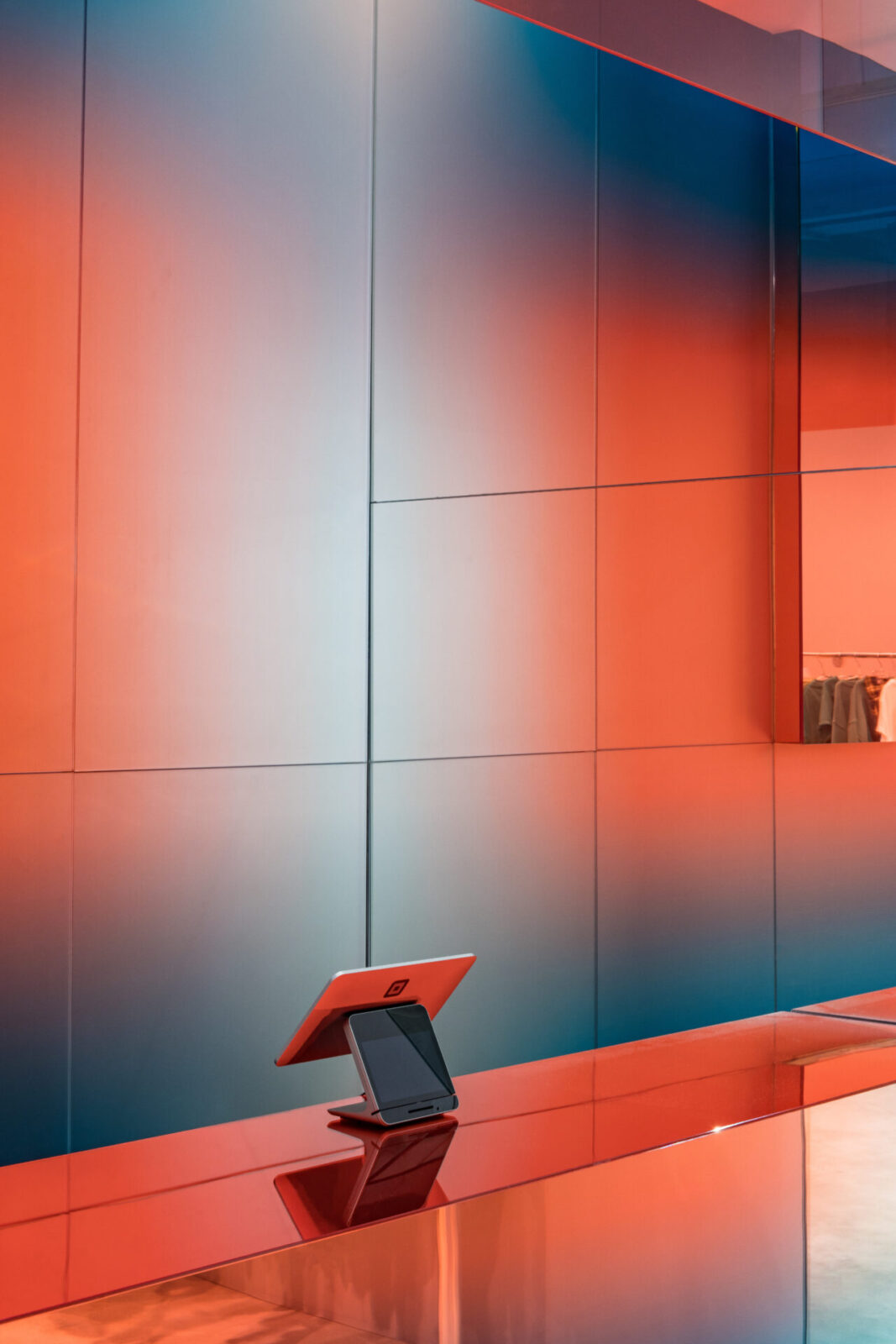
Photo: Michael Stavaridis
I have the impression that we get a stronger response when we show our work abroad, for example in Europe. There aren’t many design galleries in Japan, so few people are willing to buy expensive limited edition furniture, for example, which is exactly why we+ shows its work at Rossana Orlandi Gallery and Design Miami.
Japan is an island country and was closed to the world for 200 years, so is the culture different at all? It’s a country with a beautiful art and design history and tradition, and I feel like it has its own spirituality, its own little universe. But I just did a little research, and since Japan is a corporate society, the majority of people study to get into big companies. It’s like there is a strong hierarchy in society. So I do feel that it must be very difficult for small studios and independent artists to find a place to live. In the Netherlands, there are cases of taking over large disused office spaces and renting them inexpensively and turning them into studios and living spaces. The government’s cultural institutions are rather generous, offering scholarships and financial support for projects and exhibitions abroad, which can be very helpful for designers trying to make a name for themselves in the world. Magazines and other media are also very important in terms of delivering interesting content to readers and bringing about a change of mind. I think this is wonderful that there are some Japanese people, like Ms. Kida from ELLE DÉCOR Japan, who travel around the world and introduce designers to Rossana Orlandi.
Balance between independent projects and commissioned work
That’s right. Furthermore, I think that in order to develop a small studio, you need to do both research activities like R&D and make money, how do you balance independent projects and commissioned work?
Obviously, the balance has changed. When I started my studio, I invested all the profits I earned. I didn’t get much of a return at first, but I paid for my own travel and production costs to show my work in Milan to get my name out there. I tried to approach companies, but it didn’t work out, so I started presenting what I wanted to do at exhibitions and other events, which gradually raised my profile and I began to receive commissions. I felt like I was finally at the real starting line as a studio. Looking back, I don’t know if I ever really thought about balance. Balance is hard, exciting work often comes with a small budget, and collaborating with fascinating companies and partners takes up a lot of time and energy. Of course you need money to run a studio, and in my case, selling my work and material-related projects helps to do this, but it’s troubling that it occupies so much effort, reducing time for new projects. We have to deal with transportation procedures and production control emails. A lot of time is spent on those things and there’s less time to be creative.
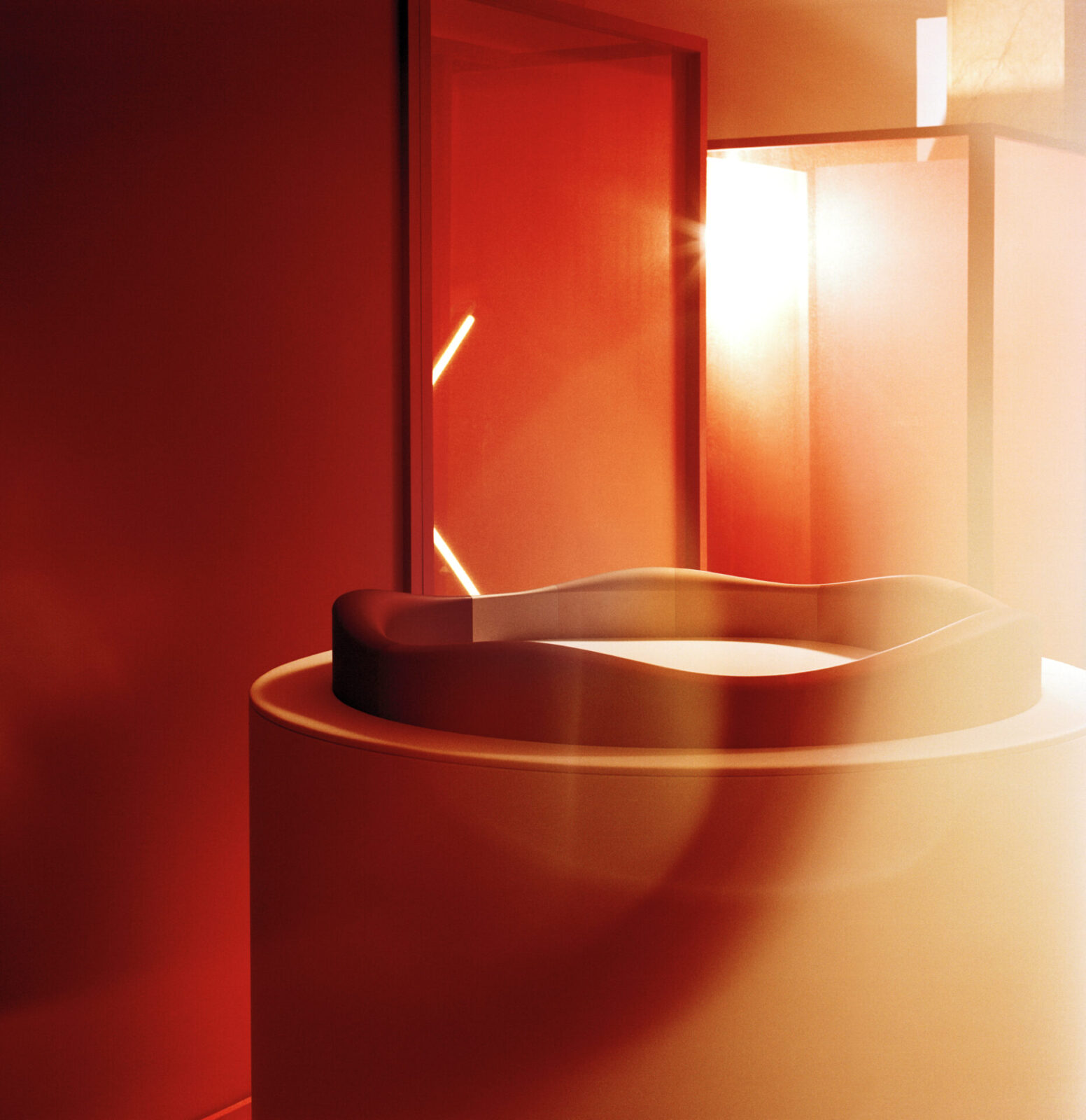
Photo: Leon Chew
We’ve had a similar experience. Four or five years ago, we had more time to think about the work and experiment with materials, however in the last few years the studio has grown and we’ve felt the need to make a conscious effort to create that time.
Indeed, as the number of projects increases, time for experimentation can be constrained.
In that sense, the lockdown period for coronavirus was a great time for me. A lot of things stopped and I was home for the whole three months, but I was able to get back to the starting line. Last year I worked on several large projects, I felt overworked and needed to slow down. So this year is going to be the year to work on research and go back to the drawing board and figure out what I want to do.
It’s certainly a great time for contemplation and research, isn’t it? Lastly, what is your message to our readers?
My advice to young designers who want to start their own business is to just find your unique point of view. Find a subject you are passionate about and a unique way of doing things that is unconventional, and invest in those, even if it means taking some risks. It’s also important to improve the quality of the photos in your work. Nowadays, communication is very active on social networking sites, and this allows you to bring your work to the world. Of course, it’s also important to travel the world and understand different cultures firsthand. I also moved from my birthplace in Latvia to Denmark, France, and now to the Netherlands, and this has changed my view of the world. If you come to Europe from Japan, you might get a different perspective because the culture is even more different!
